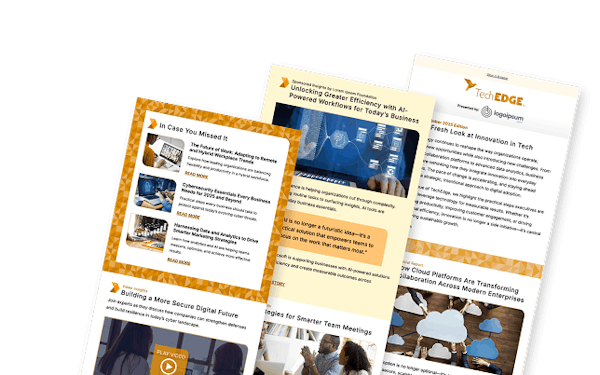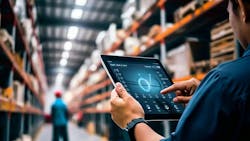AI and IoT Sync to Provide Real-Time Demand Forecasting for Smarter Supply Chains
Key Highlights
- For IT, operations, and supply chain decision-makers, forecasting has long been a headache and can be low and inaccurate amid market volatility.
- Artificial intelligence models offer a leap forward, revealing early supply chain demand shifts that manual analysis often misses.
- Real-time inventory and AI let supply chains adapt before stockouts or overstock.
- Successful deployment requires model monitoring, drift detection, and human checks.
For IT, operations, and supply chain decision-makers, forecasting has long been a headache. And in volatile markets, conventional methods often fail. artificial intelligence (AI) demand forecasting offers a leap forward: Models that can detect subtle shifts in behavior across large datasets, ingest real-time inventory or supply signals, and adapt faster than fixed-rule systems. The result: your chain becomes proactive rather than reactive.
But the value of AI isn’t automatic. To succeed, you must design for flexibility, continuous model evaluation, and meaningful human oversight. As reported by Emily Newton in “How AI Demand Forecasting Delivers Real-Time Clarity” on Supply Chain Connect:
“Anticipating consumer demand can be challenging because business-to-business (B2B) buying cycles are drawn-out and complicated. Supply chain delays and shifting market trends contribute to the complexity. Instead of wasting weeks analyzing data manually or with outdated tools, leaders should leverage artificial intelligence (AI) demand forecasting.
Supply chains must be agile to avoid losses and remain efficient. However, too many B2B companies rely on unreliable forecasting methods. AI-powered logistics offers a much better alternative. In contrast to humans, it is at its best when detecting subtle trends amid massive datasets, making it the perfect candidate for guiding data-driven decisions.
Conventional demand forecasting relies on historical information, which is full of anomalies and inaccuracies. The COVID-19 pandemic is an excellent example. Lockdowns and shipping lane closures caused unprecedented delays. Outliers distort the proper representation, skewing results. Leaders can remove them or reduce their weight, but the process is time-consuming.
Another obstacle is complexity. Even with a wealth of relevant, accurate information, traditional analysis can take weeks. Shifts in market trends and consumer behavior are multifaceted and often initiate chain reactions, so determining the true cause of supply chain changes is difficult.
How can someone be sure a stockout was caused by port congestion and not a geopolitical issue? How can they forecast future demand for a product that was recently out of stock? Manual analysis often falls short. There are too many factors to consider that change too much for humans to track reliably. Predictions based on imprecise data are no better than guesses.”
Continue reading “How AI Demand Forecasting Delivers Real-Time Clarity” by Emily Newton on Supply Chain Connect. Read the full article.
Why It Matters to You
In fast-moving markets, supply chains rank among the most exposed operational domains. Deploying AI-based forecasts gives you the ability to sense inflection points faster—before they cascade into stockouts, excess inventory, or lost revenue. For those leading cloud, data, or infrastructure stacks tied to operations, this is about building a predictive loop, not just reporting lag.
Moreover, demand forecasting is a natural anchor point for edge/IoT integration, supply chain digital twins, and closed-loop automation. If your data architecture can support autonomous responses (e.g., dynamic replenishment or alerts), then AI becomes a bridge—not just a forecast engine—between insight and action. But only if architected with monitoring, drift detection, and fallback mechanisms.
Next Steps
- Supply Chain/Operations Lead: Deploy a pilot AI forecasting model for one product line or region; measure error reduction vs baseline.
- Data/ML/Engineering Teams: Build telemetry pipelines merging inventory, order, and external signals (e.g., market, demand, lead times).
- Platform/IT Leadership: Implement model monitoring and drift detection tools to guard against stale or biased forecasts.
- Procurement/Demand Planning: Insert human review gates for flagging model anomalies, outliers, or unexpected behavior.
- Strategy/Finance: Estimate ROI from forecast accuracy gains (less stockout, lower holding costs) and roadmap scaling across SKUs or divisions.
Quiz
Stay ahead of the curve with weekly insights into emerging technologies, cybersecurity, and digital transformation. TechEDGE brings you expert perspectives, real-world applications, and the innovations driving tomorrow’s breakthroughs, so you’re always equipped to lead the next wave of change.

